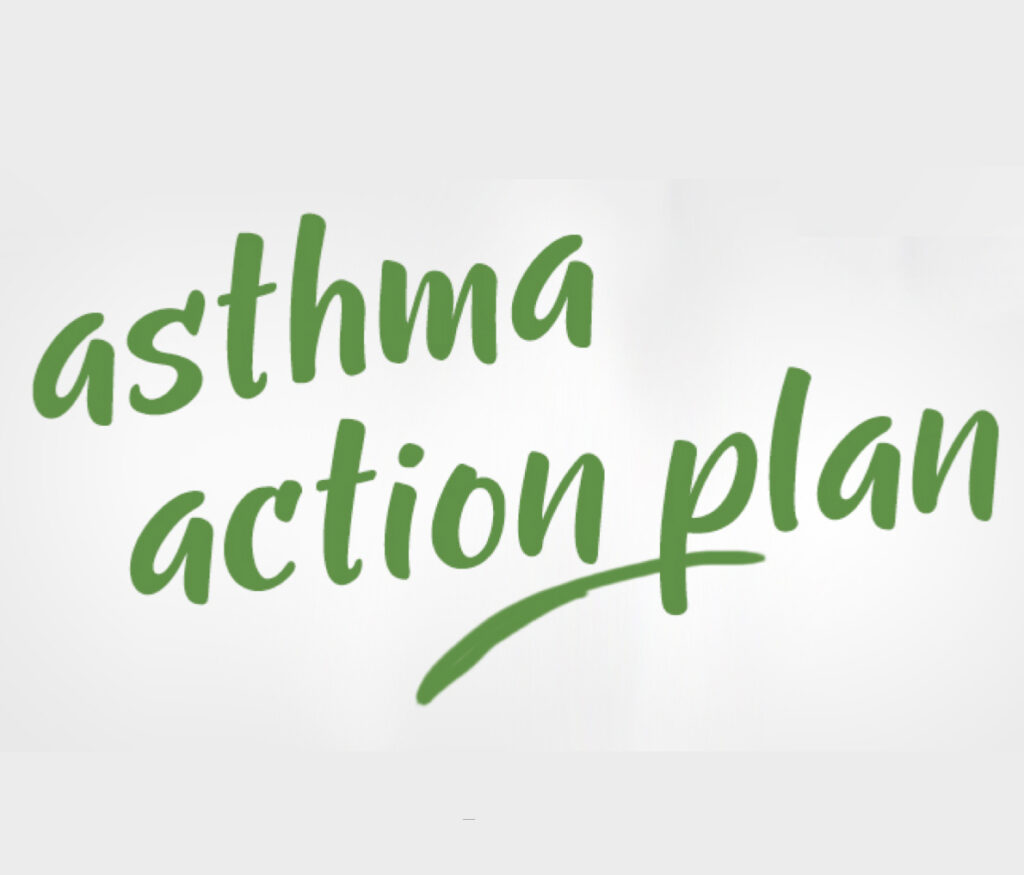
Asthma At High Altitudes
The below content is derived from research done using sources available on the internet. Safey Medical Devices Inc and its subsidiaries do not take any responsibility for the accuracy of the content. No medical decision should be taken on the basis of below content without consulting with your Medical Practitioner.
How does asthma impact people when they’re at high altitudes. Here we explore how symptoms can change, what is classed as high altitude and things to be aware of if you need to manage your asthma at high altitudes.
As one of the commonest respiratory conditions affecting humans, asthma obviously has an impact on both our day-to-day routines as well as less frequent activities such as travel and leisure pursuits.
Therefore, when we talk about the effects and control of asthma at high altitudes, we would assume that we are discussing extreme conditions with a considerably higher element of risk for the average asthmatic.
What is classified as ‘high’ altitude?
Bartsch and Saltin’s designation₁ is 2,000 to 3,000 metres as moderate altitude, between 3,000–5,500 metres as high, and over 5,500 metres as extreme. Other literature puts it at anything above 5,000 metres.
In any case, when referring to high altitude, it is clear that we are discussing activities such as hiking, climbing, trekking and camping taking place largely on mountainous or hilly terrain and requiring more than a habitual degree of physical exertion.
Reduced air pressure
With reduced air pressure, at high altitude the air is thinner and thus, there is less available oxygen to breathe. Air temperature and humidity are also lower. These environmental changes can seriously affect people with asthma. When your respiratory system is adapting as you ascend to a high altitude, it may lead to the aggravation of certain asthma symptoms.
Having said that, it is not necessarily the case that all asthmatics will suffer adverse effects when travelling to or being located at high altitude. A minority even find their symptoms improve, as their exposure to common allergens such as pollen, pollution or dust mites is much lower at high altitude.
On the whole, though, it is likely that asthmatics will find that changes in routine, location, climatic conditions and temperature can make their symptoms worse. Additionally, coming into contact with new allergens can trigger asthma symptoms.
As we have noted, when altitude increases and air pressure falls, the amount of oxygen available with each breath decreases, so the oxygen concentration in your bloodstream and tissues falls. Your body responds in various ways;
- Almost immediately, the rate and depth of your breathing increases.
- Your heart rate increases.
- There is increased blood pressure in the lungs (which helps to inhale more oxygen with each breath, but can also lead to problems if the pressure goes excessively high).
Asthma Aggravation at High Altitude
Changes in the body which occur at high altitude may make asthma symptoms worse, especially with strenuous exercise. Scientific studies have shown that short-term exposure to high altitude can aggravate asthma.
A study in “JAMA Internal Medicine”₂ reported that among those who experienced asthma attacks during trips to high altitude, 18% cited altitude as a trigger while 43% identified the exertion required when trekking.
A further study in “Thorax”₃ found that among 18 people with asthma, exposure to high altitude and low temperatures during a climbing expedition led to a small increase in airway obstruction and moderately increased asthma symptoms.
However, the researchers concluded that cold weather was likely to be a more significant contributor to the findings than high altitude in itself.
But as Dr. Julie Kuriakose notes,
“The environment can play a tremendous role in triggering asthma attacks. As for why environmental elements can trigger asthma—it’s complicated. Some environmental exposures are simply irritating our airways, other environmental exposures are triggering immunologically mediated allergic reactions and other exposures may be epigenetically modifying our genes.”
Allergic Asthma at High Altitude
While short-term exposure to high altitude might make your asthma worse, long-term exposure may lead to improvement of allergic asthma. This is primarily related to the absence of house dust mites at high altitude.
Thin, high-altitude air may also help with better airflow through airways, making breathing feel easier. This specific incidence has not been studied at high altitude, but a study in “Chest Journal” ₄ showed improvements in those experiencing a severe asthma attack when they were administered with a thin helium-oxygen mixture similar to high-altitude air.
Altitude likewise has little effect on stable asthmatics. If the asthma is so severe that the person’s blood oxygen is low (a very unusual occurrence except during an acute attack), being at altitude or on an air flight would further reduce the blood oxygen level.
The dry and often cool conditions experienced at significant altitude might trigger asthma symptoms. Humid air is more ideal for keeping the airways moist. Even the effects of dry, cool air, however, can be prevented by keeping the Asthma well under control through frequent monitoring and appropriate treatment.
There are a few simple ways for the intrepid asthmatic to help themselves control symptoms at high altitude;
- Make sure you have your prescribed asthma emergency medication, such as an inhaler, or even better, a smart inhaler.
- Keep the inhaler in a warm place such as the inside pocket of a well-lined winter jacket (If an inhaler is kept at too cold a temperature, it is not nearly as effective).
- Cover your mouth and nose with a scarf or something similar to minimize irritation from the cold air and to keep those parts of your face as warm as possible.
Heightened issues – trying to breathe at higher elevations
For even non-asthmatics, the thinner air and lower oxygen levels at high altitudes can also cause;
- A marked sensation of lightheadedness.
- A greater level of fatigue than usual for comparable exertion at ground level.
- More breathing difficulties
Despite the fact that extreme cold and lower oxygen content can aggravate asthma symptoms, certain people with the condition actually find that higher altitudes are beneficial. It all depends on what a particular person’s trigger may be; “There are fewer allergens in the air at higher altitudes, such as dust mites, which could result as beneficial for dust mite allergic asthmatics,” Dr. Kuriakose observes.
Traveling to High Altitude with Asthma
Published guidelines ₆ outline precautions you can take if travelling to an area of high altitude. Your asthma should be stable and well controlled before exposure to high altitude you should;
- Have access to warm, dry rescue drugs,
- Avoid intense exercise at high altitude.
- Seek medical attention right away if symptoms and initial self-treatment is not working Consult your doctor before you leave home for evaluation and recommendations.
Plan ahead
Having asthma doesn’t mean no travel for stable asthmatics – simply that; “a little more planning is recommended before setting off. Asthmatics should consult their doctor to discuss how to prevent, control and manage symptoms {in specific circumstances} at high altitude.” ₇ A written action plan would be preferable, especially given the extreme circumstances in which an attack might flare up (when, depending on the altitude, logical thought and reasoning may also be impaired by conditions).
Nevertheless, if the asthmatic’s condition is classified as unstable or likely to be difficult to control in extraordinary conditions, it is probably better to put discretion before valour and avoid travel or exposure to high altitudes.
1,209 WORDS (without references)
- Bartsch, P and Saltin B., Scandinavian Journal of Medical Science: High Altitude and Common Medical Conditions (2003)
- Study published in November 2002 in “JAMA Internal Medicine
- https://www.healthytravelblog.com/2015/02/17/asthmatics-with-altitude-traveling-with-asthma-to-higher-elevations/
- Study published in August 1999 in “Chest Journal”
- (Cited in https://www.healthytravelblog.com/2015/02/17/asthmatics-with-altitude-traveling-with-asthma-to-higher-elevations/ )
- Cited in “Thorax” (June 1996)
- High Altitude Medicine & Biology – Publisher: International Society for Mountain Medicine, Mary Ann Liebert









